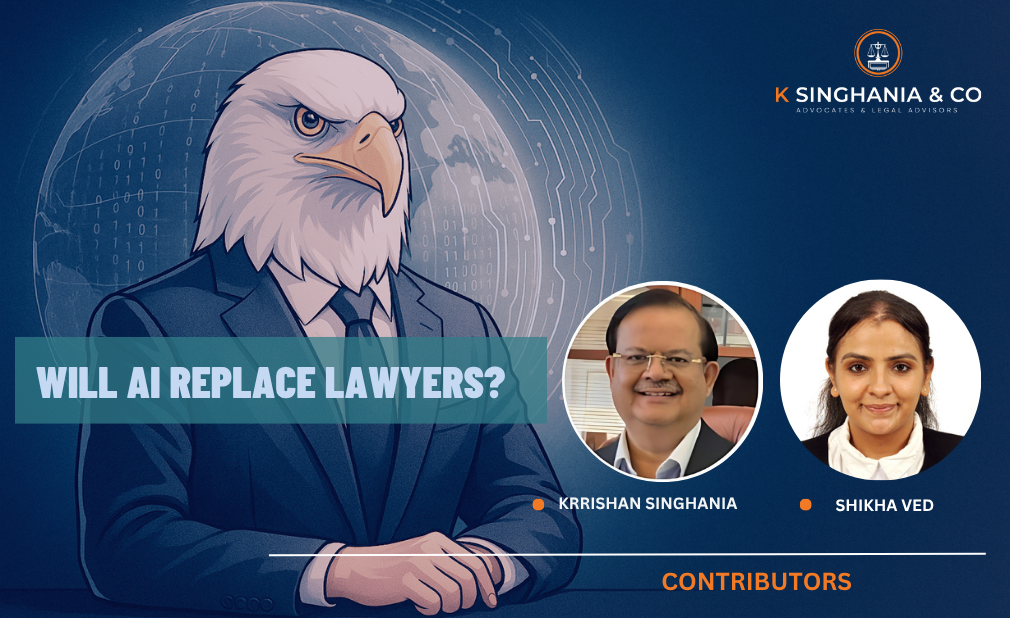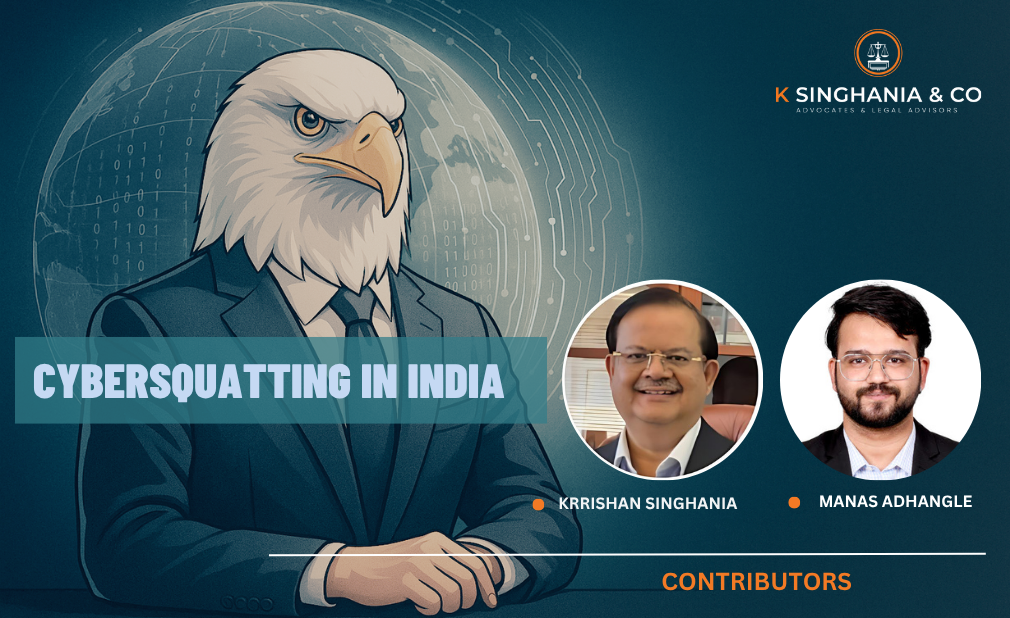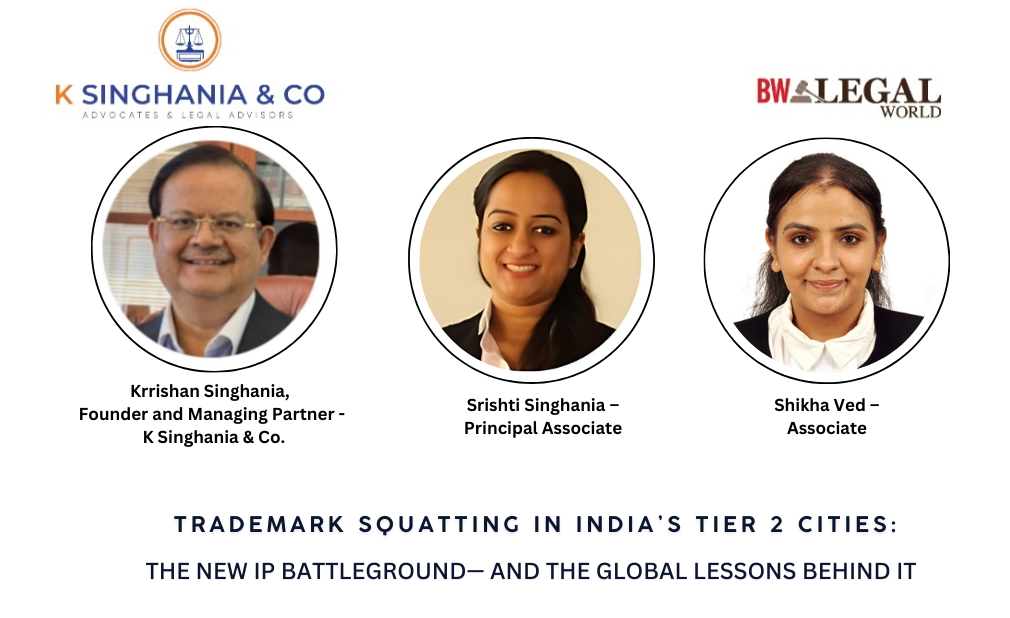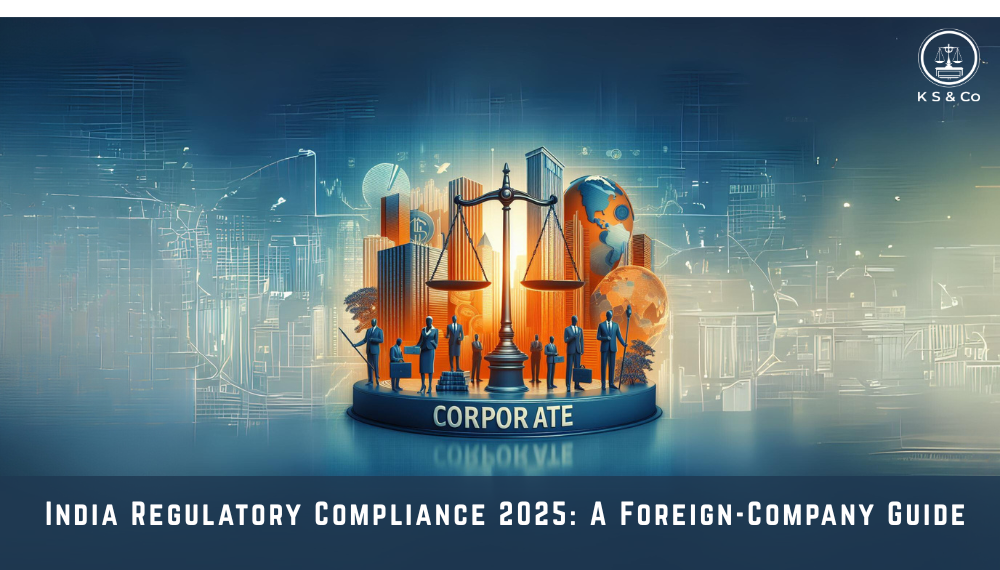Google LLC v. DRS Logistics (P) Ltd. 2023 SCC OnLine Del 4809:
FACTS
DRS Logistics (P) Ltd. (DRS) is a company that provides carriage for goods, passengers, merchandise, etc.Google LLC (Google) is a technology company that provides a variety of online services, including a search engine.
DRS alleged that Google was using its trademark, “DRS Logistics”, as a keyword in its Google Ads Programme. This meant that when someone searched for “DRS Logistics” on Google, Google would display advertisements for Google’s products and services, even though DRS was not affiliated with Google. DRS claimed that this was infringing its trademark rights and was also causing confusion among consumers.
ISSUES:
- Whether Google’s use of DRS’s trademark as a keyword in its Google Ads Programme amounted to trademark infringement.
- Whether Google was entitled to the safe harbour provision under Section 79 of the Information Technology Act, 2000 (IT Act).
JUDGEMENT DELIVERED:
The Division Bench of the Delhi High Court held that Google’s use of DRS’s trademark as a keyword in its Google Ads Programme did amount to trademark infringement.The Court held that the use of a trademark as a keyword in a search engine is a form of “use in advertising” under the Trade Marks Act, 1999 (TM Act). This is because the use of the trademark is intended to attract consumers to the advertiser’s products or services.
Google is a search engine and uses advertisements as a means to engage people and provide them with the required information. However, it is important to administer whether the use of these advertisements are in adherence to the Intellectual Property rights of an individual. The judgement delivered by the Hon’ble Delhi High Court makes it clear that the use of third party trademarks as keywords by search engines amounts to ‘use’ and infringement of trademarks.
When an individual searches for a product on a search engine like Google or any other search engines, there are generally two types of results that are displayed – the first being the actual product searched and the second will be a sponsored link of the respective product along with its URL. This happens due to Google’s Ad Word Programme.
Infringement occurs when a third party uses a registered trademark of some other party to advertise its own goods and services, thus affecting the business of the original owner of the trademark.
Therefore, with regards to the first issue, the Hon’ble Delhi High Court held that the use of trademarks even as a keyword in an Ads programme by Google amounts to the use of trademarks in advertising as per Section 29 of the Trademarks Act, 1999.
In the present case, Google had contended that it acted as an intermediary and just acted as an advertising platform, thus, they are protected under Section 79 of the Information Technology Act, 2000. This section protects intermediaries for being liable for the infringement of third party trademarks or any other contents made available on their platforms.
Dealing with the second issue, the Court also held that Google was not entitled to the safe harbour provision under Section 79 of the Information Technology Act, 2000. Google was not merely providing a platform for others to advertise; it was actively using DRS’s trademark to generate traffic to its own website.
KS&CO’S COMMENTS :
The judgment in Google LLC v. DRS Logistics (P) Ltd. is a significant victory for trademark owners. It clarifies that the use of a trademark as a keyword in a search engine can amount to trademark infringement, even when the advertiser is not directly selling the goods or services associated with the trademark. This is because from the fact that the use of the trademark is designed to attract consumers to the advertiser’s products or services and the search engine platform i.e Google did not have permission of DRS Logistics (P) Ltd. who was the Trademark owner.
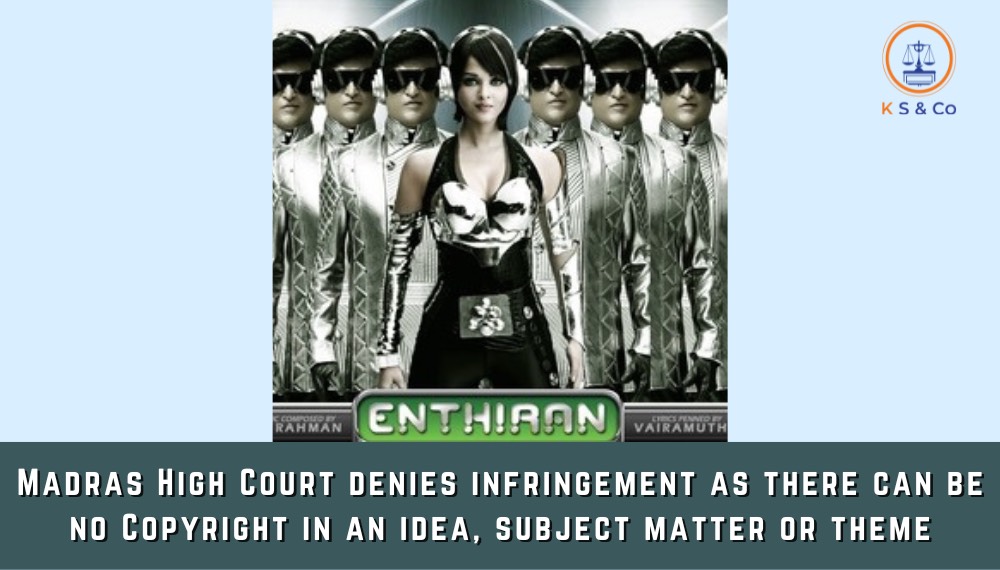
Aarur Tamilnadan v. S. Sankar and Sun TV Network Limited. 2023 SCC OnLine Mad 3930
FACTS OF THE CASE
The Plaintiff (Aarur Tamilnadan) claims that he wrote a story about Humanoid Robot and, published the book “Jugiba” and subsequently published it in a Tamil monthly magazine named “Iniya Udayam” in April 1996. In 2007, the same group of publishers published it in a book titled “Thik Thik Theepika”, which was sold all over the state.
Defendant No. 1 (S. Sankar) is a storywriter and director and claims he made a film named “Enthiran” in Tamil and other languages and Defendants 2 and 3 (Sun Pictures and Lyca Pictures) claims that they produced this film.
It was further claimed by the Plaintiff that the story of “Jugiba” had been pirated in the film “Enthiran” without any permission of the plaintiff. The defendant made a huge profit through the movie. However, the defendant claims that the story of the Humanoid Robot is a decade old and the basic knowledge about humanoid Robot is the same and specifically denies the claims that the movie had the exact same plot as the story written by the Plaintiff.
ISSUE
Whether the film Enthiran amounts to copyright infringement of plaintiff’s story “Jugiba”?
JUDGEMENT
The present suit was filed by the Plaintiff claiming that he was the first owner of the story “Enthiran” alleging that it was stolen/pirated from the original story “Jugiba” which was written and were published in April 1996.
The Plaintiff and Defendants put forth their averments and evidences. After due consideration of the arguments presented, the Court passed the judgment stating that there was no infringement. The court observed that there can be no copyright over an idea or concept and for the purpose of Copyright Infringement. Copyright exists only in tangible expression of idea.
The Hon’ble Court further observed that there are many dissimilarities in the book “Jugiba” of the Plaintiff and the movie “Enthiran” of the Defendant. The Robot of Movie was first developed for Indian Army, which subsequently developed emotions and then fallen in love with a girl and Enthiran had multiple characters while Jugiba had only three characters. This story line was different from that of the Plaintiff’s book and the Plaintiff himself had admitted that the defendants have made numerous additions to his story to suit the cinema audience, which established for the court that “Enthiran” had sufficient dissimilarities. There cannot be any monopoly in the theme of this idea of a Robot falling in love with a woman.
The Court also noted that the test has to be followed to determine if there is violation of copyright infringement. The test is to examine whether the reader or the view has an overall impression that the work has been copied from the original work. Therefore, it was held that if the theme of both the plots are distinct then there is no copyright infringement. Accordingly, the suit was dismissed and the remedies prayed for were rejected as the court protects only the tangible expression of the idea
KS&CO COMMENTS
This landmark ruling reinforces the core tenets of copyright law, which promote originality, creativity, and respect for intellectual property rights. It is a significant decision that will guide creators, filmmakers, and the entire creative community towards an environment that values these principles. Mere resemblance of a sequence, or existence of few commonalities are not sufficient to constitute a case of infringement. The law encourages free sharing and exchange of ideas.
Therefore, one may adopt the thumb rule that it is less likely to be an infringement owing to the foregoing. Only where a work appears to be merely touched up a little without changing anything else, is it possible to succeed on infringement.
The court’s decision is a reminder that copyright protection is not automatic. Creators need to take steps to protect their work by registering their copyrights and by taking other measures to prevent infringement.
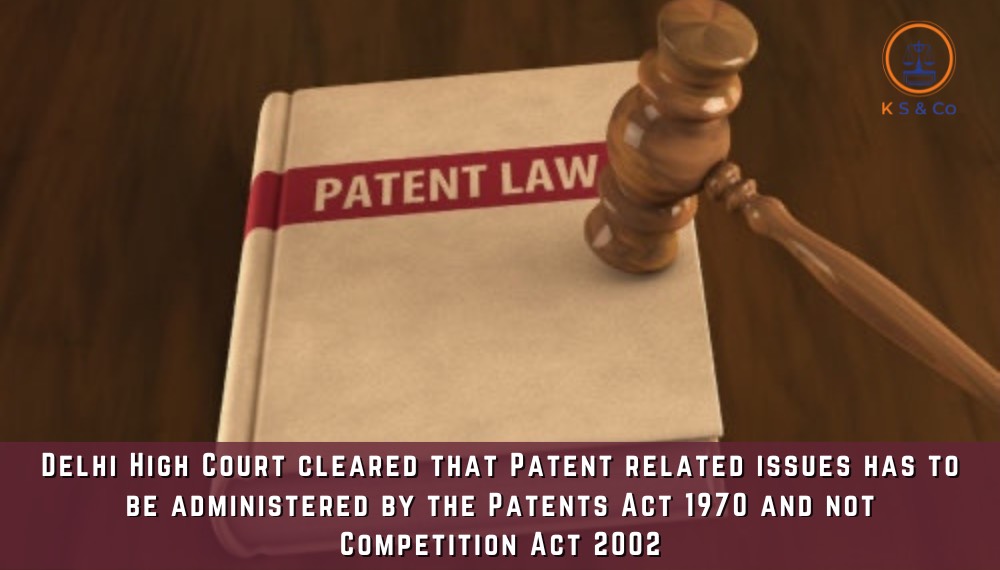
Ericsson AB Vs. CCI, (2023) SCC Online Del 4078
FACTS
Micromax and Intex has filed a complaint to Competition Commission of India alleging Ericsson’s abuse of dominant position by demanding unfair royalties for licensing of patents.
Furthermore, in another suit, it was averred that, Monsanto held a patent for genetically modified cotton seeds technology and licensed it to the Indian manufacturers like Nuziveedu Seeds Ltd. These companies claimed that Mosanto had abused its dominant position through the patent.
The Competition Commission of India initiated an investigation pertaining to which Ericsson and Mosanto objected the jurisdiction of Competition Commission of India in matters relating to Patent rights.
The Single Judge’s bench of Delhi High Court refused to halt the investigation, stating that the Competition Commission Tribunal’s actions were justified as they were based on a preliminary assessment. The above cases were clubbed and appeal was filed before the Division Bench of the Delhi High Court by Ericsson and Monsanto.
ISSUE
When a patent is issued under the Patent Act, 1970, and the patentee asserts such rights, then can the Competition Commission of India (CCI) inquire into the actions of such patentee in exercise of its powers under the Competition Act, 2002.
JUDGEMENT DELIVERED
The Division Bench determined that all the patent related issues should be investigated under the Patent Act 1970 and not by the Competition Act, 2002.
The Delhi High Court mentioned that determining if a patent agreement will harm competition or if it’s an abuse of a company’s dominant position is not just the responsibility of the Competition Commission of India (CCI). It says that the CCI’s investigation process regarding patent rights is very similar to what the patent controller does under chapter XVI of the Patents Act. This similarity shows that the law intends for patent-related matters to be handled under the Patents Act.
Specifically, when it comes to patents, things like unfair conditions in licensing agreements, misusing one’s position as a patent holder, investigating these issues, and providing solutions for them are all regulated by the Patents Act. Chapter XVI of the Patents Act is a provision which overrides the Competition Act which contains all the rules and guidelines related to patent agreements, patent holder abuses, investigations, and the remedies that can be applied.
Therefore, Court held that the CCI lacked the jurisdiction as the matter of both Ericsson and Monsanto deals with patent rights and rights under the license agreements.
KS&CO’S COMMENTS
This judgment serves as a crucial clarification, emphasizing that patent disputes in India should be dealt under the provisions of the Patent Act of 1970, as opposed to the Competition Act of 2002. This distinction ensures that matters pertaining to patents are addressed by the Controller of Patent Office who are well-versed in the intricacies of patent law. While the Competition Act addresses broader issues such as anti-competitive agreements and dominance in the market, the Patent Act offers a highly specialized framework tailored specifically to patent-related matters. Consequently, this ruling establishes a definitive and comprehensive set of guidelines for the resolution of patent-related disputes.”
Therefore, the judgment has recognized legal principle that in case a legal matter is covered by an exclusive law i.e., Patents, then any related investigations or enquiries will be dealt by the Controller or the Patent Office and not the Competition Commission of India.
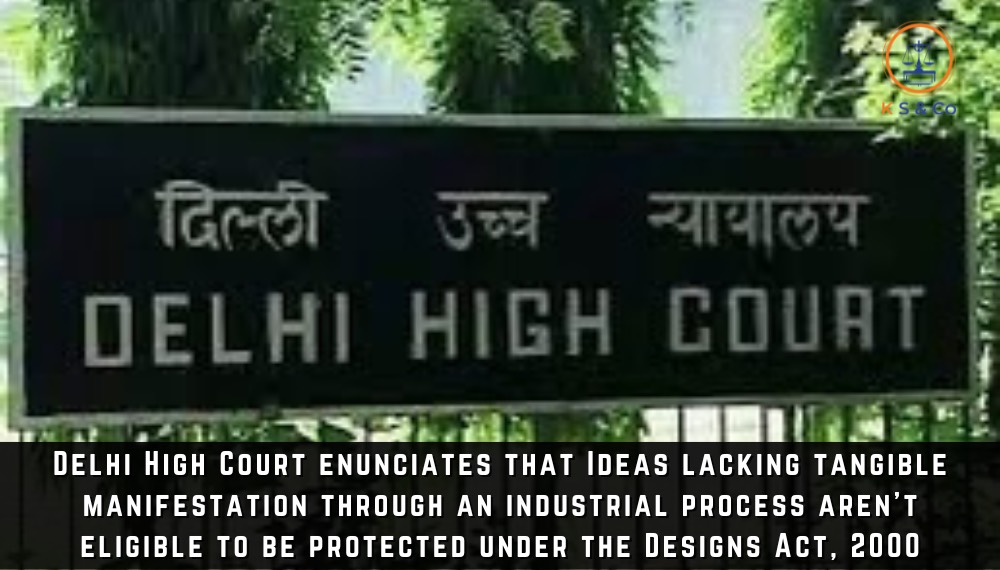
Jayson Industries AndAnr. Vs. Crown Craft (India) Pvt. Ltd. 2023 SCC Online Del 3750.
FACTS
Jayson Industries and Anr (plaintiffs) held registered designs for a bucket, mug, and tub, featuring unique shape, configuration, and surface patterns. They accused Crown Craft (defendants) of producing fraudulent copies, constituting piracy under the Designs Act 2000. The case was initially filed before the District Court but was moved because the defendant argued that the designs in question were not valid.
At the beginning of the case, the court issued a temporary order that stopped the defendant from selling the items they were accused of copying. The Plaintiff said that the designs of the defendant’s bucket, mug, and tub were fake copies. They pointed out that these items looked very similar to the original ones and accused the defendant of copying them illegally. They asked the court for an injunction order to stop the defendant from selling these copied items.
The Defendants argued that the designs they used were not new or unique, according to the Designs Act. They contended that the Act didn’t automatically assume that registered designs were valid. They provided evidence that similar items existed before the designs in question, making them not eligible for legal protection. The Defedants claimed that their argument raised a serious issue that needed to be looked into in a trial, and they asked the court to reject the Plaintiffs request for an injunction order to stop them from selling the items.
ISSUE
Do the features of shape, configuration, etc., when applied to an article, constitute a design within the meaning of Section 2(d) of the Designs Act?
JUDGEMENT DELIVERED
The Delhi High Court held that when we observe Section 2(d) of the Designs Act 2000, one needs to think about how the design features appeals the eye of an individual. If the features only make the object look good, then they are considered part of the design, according to the court.
The Designs Act is meant to protect practical ideas that are put into real, physical objects, not abstract ideas. Ideas that does not involve creative or artistic input aren’t protected. So, Section 2(d) of the Act reminds us that there has to be a real application to an actual object. The court clearly stated that the cases though old should have a new application in features of Design to be protected.
The court noted that while comparing the design of the Plaintiff and Defendant that while there were slight differences in the shape, quantity, and protrusion level of the flanges, these were considered as minor variations rather than significant distinctions. The court also compared the design of the Plaintiff with that of the prior arts submitted by the Defendants and held that suit designs closely resembled those in existing designs. Consequently, the court accepted the defendants’ argument regarding the lack of novelty and originality in the designs, leading to the dismissal of the plaintiff’s request for a temporary injunction.
KS&CO’S COMMENTS
This decision underscores the importance of proving the uniqueness and originality of designs in legal disputes, emphasizing the need for thorough investigation into prior art to support claims of distinctiveness and exclusivity. It also highlights the critical importance of conducting comprehensive prior art searches before making accusations or pursuing legal action for design infringement.
The court clarifies that an idea if turned into object will be protected by law. Therefore it is important that wherever an idea is converted into an object for sale there should be pre-search of the design which has been already registered to avoid selling of the design.


